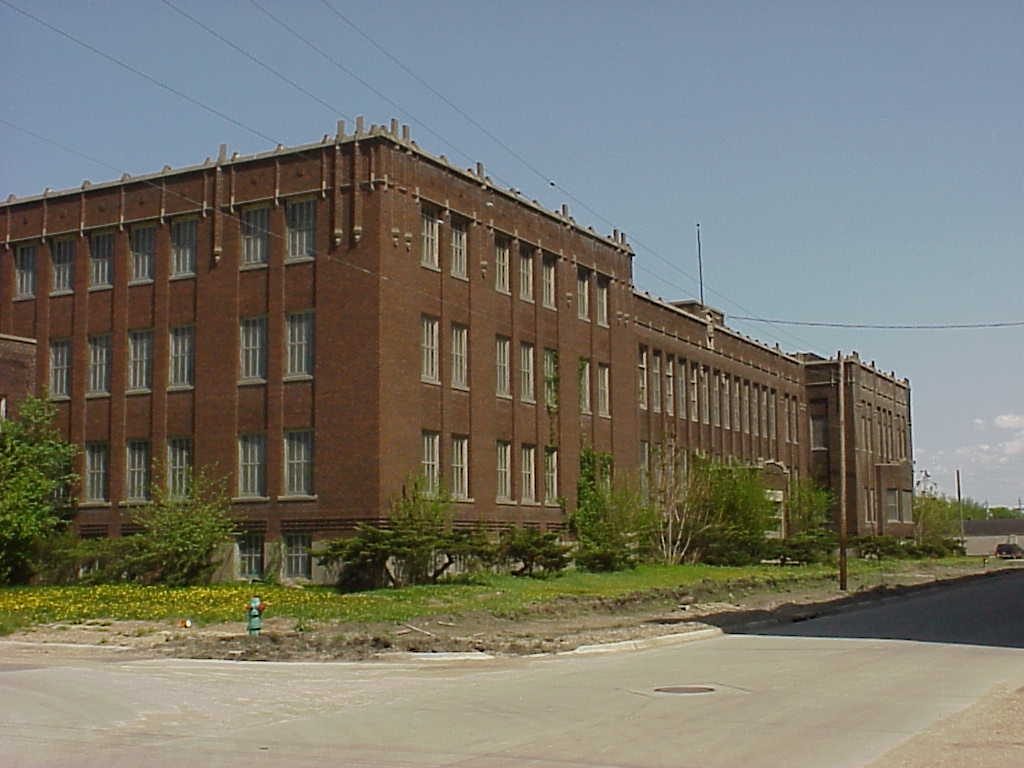The New Waterloo Project
This website highlights significant revitalization efforts currently underway in the City of Waterloo. We are working hard to implement cultural, recreational, and redevelopment initiatives throughout the community.
Our goal is to make Waterloo “the place to live, work, play, and raise a family.”
Waterloo is a community of 67,314 located along the banks of the Cedar River. The former “Factory City of Iowa” built its economy on several large industrial operations, most of them farming-related, and access to an expansive railroad network. Employers such as John Deere and Rath Packing Company provided thousands of stable, well-paying jobs to the region for much of the twentieth century. Businesses across the country sold high-quality products made in Waterloo including tractors, metal tool boxes, canned meats, etc. The city’s fortunes abruptly changed in the 1980s as a deep agricultural recession dramatically shook the community that overly-depended on a narrow economic foundation for much of its existence. Numerous abandoned properties, some with perceived contamination, scattered the downtown and adjoining areas. Conflicting land uses, poor physical structure conditions, and environmental uncertainties dissuaded property owners from reinvesting.
City officials soon recognized the dire need for a plan to revive the area. The process began with the creation of the “Waterloo Millennium Plan” that set forth the goals, actions and specific implementers required to make the community’s vision a reality. The Cedar Valley Riverfront Renaissance project in 2002 furthered the community involvement by establishing several entertainment venues to enhance the quality of life for by focusing on the Cedar River. The City has since demonstrated a unique ability to address multiple issues such as eradicating blight and mitigating environmental issues through the use of EPA Brownfield grants. Waterloo has transitioned numerous brownfields properties into re-use success stories. In fact, the City has leveraged over $70 million for a variety of projects since 2000. This helped Waterloo enter into the “New Economy” by diversifying local industries and proactively seeking cutting-edge agricultural business models.
What is the Brownfields Program?
EPA established the Brownfields Program to empower states, communities, and other stakeholders in economic redevelopment to work together in a timely manner to prevent, assess, safely clean up, and sustainably reuse brownfields. The Brownfields Program provides technical and financial assistance for brownfields activities through an approach based on four main goals: protecting human health and the environment, sustaining reuse, promoting partnerships, and strengthening the marketplace. The EPA Brownfields Program provides direct funding to eligible recipients for brownfields assessment, cleanup, revolving loans, and environmental job training. Waterloo’s renewal initiative began in 2000 with a $200,000 EPA Brownfields Assessment Pilot Grant. This allowed the City to assess brownfields sites for the presence of contamination by conducting Phase I and Phase II Environmental Site Assessments (ESAs). Since 2000, Waterloo has received approximately $4.59 million in funding from the EPA in the form of Assessment Grants, Cleanup Grants, a Multipurpose Grant, and a Brownfields Cleanup Revolving Loan Fund. Today, the City has a goal to continually enhance the livability of its downtown and attract reinvestment projects. Redevelopment of a city’s urban core is vital to its long-term success as it prevents urban sprawl and keeps additional infrastructure costs down. The City of Waterloo has leveraged nearly $70 million in federal and state grants for the 24 projects highlighted on TheNewWaterloo.com website. This funding helps to attain the city’s objectives aimed at the revitalization of its central business district and the economy. The EPA is a vital partner in realizing these ambitions. We hope you find the information in this website insightful, informative, and intriguing. Feel free to send us your comments. We look forward to seeing you in the “The New Waterloo”!
Barriers to Brownfield Redevelopment
The foremost barrier to brownfields redevelopment is the fear of the unknown, that is, whether a given site is contaminated and, if so, to what degree. Under the Comprehensive Environmental Response, Compensation and Liability Act (“CERCLA” or commonly known as “Superfund”), liability for cleanup of a contaminated site rests not only with past owners and operators of a site who may have caused the contamination, but with current owners as well, regardless of whether the current owner took any actions that led to the site being contaminated. For this reason, businesses are hesitant to purchase, let alone redevelop, brownfield sites because of the fear of contamination and the associated fear of liability.
Goals and Objectives of Brownfield Redevelopment
The focus of the EPA’s Brownfields Economic Redevelopment Initiative is to empower states, communities, and other stakeholders in economic redevelopment to work together in a timely manner to prevent, assess, safely clean up, and sustainably reuse brownfields.
- By investigating and cleaning up brownfield sites, redevelopment can take place without fear of environmental legal liabilities and residual health or environmental risks are mitigated.
- Redevelopment means bringing new businesses, new jobs, an improved tax base and new life to older urban and inner-city areas.
- Utilization of existing infrastructure in unused, underutilized, and unproductive sites helps curb urban sprawl, thereby reversing the “Greenfield” development trend which has resulted in the loss of nearly 14 million acres of undeveloped land, including over 4 million acres of prime and unique farmland.
